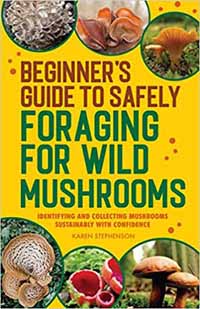

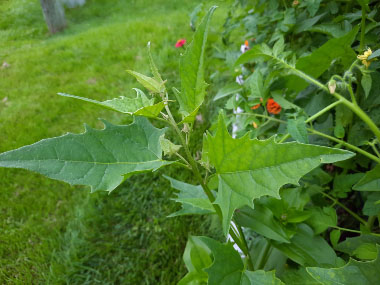
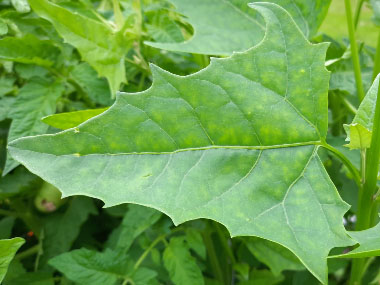
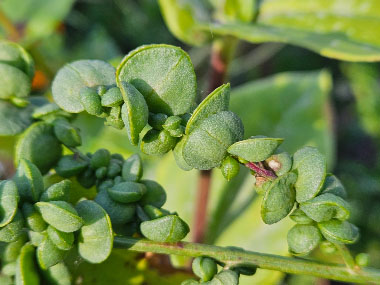
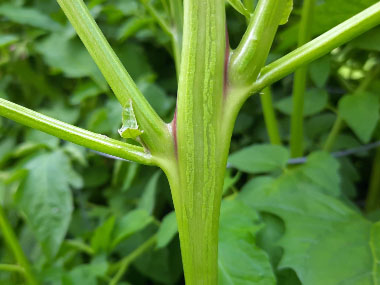
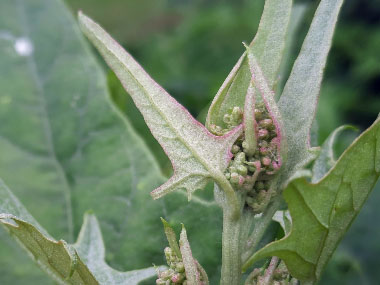
To support our efforts please browse our store (books with health benefits, etc.).
Shining Orache refers to the species Atriplex sagittata, a plant in the Amaranthaceae family. It is also known as spear-leaved orache. It is recognized for its sometimes shiny, succulent, and slightly rubbery leaves that can be eaten as a spinach alternative. It is native to Central and Eastern Europe and Central Asia and has naturalized in Canada and the U.S.
Distinguishing Features
This plant has unique leaves. They are characteristically triangular (or arrowhead-shaped) with prominent lobes at the base. The lower leaves are larger and more distinctly arrow-shaped than the upper leaves.
Flowers
Flowers are unisexual. Staminate flowers with 5-lobed perianth. Each flower has five stamens and two styles. Inflorescence is spike-like.
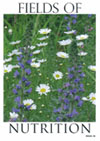 Fields
of Nutrition has medicinal benefits and vitamin/mineral content of Shining Orache.
Fields
of Nutrition has medicinal benefits and vitamin/mineral content of Shining Orache.
Leaves
Leaves grow alternate, with the lowest leaves being almost opposite. The leaf blade is widely triangular, 4 to 10 cm (1.6 to 5") long, slightly mealy when young, lower leaves with sagittate base, with entire or sparely-toothed margins. The upper leaves have rounded base, with entire margins.
Height
This plant grows anywhere from 50 to 2 metres (20 to 80") tall. The stem is erect, sparsely branched, cylindrical, and green-striped. The base colour is yellowish or sometimes reddish.
Habitat
This orache prefers full sun to part shade and well-drained loamy soil, but can also tolerate poor or saline soil. Shining Orache is well-adapted to high-salinity and drought conditions.
Edible Parts
Young leaves can be eaten raw (in small quantities is recommended) or cooked. They can be finely chopped and added to salads. Seeds can be ground into a powder and used as a thickener or mixed with flour in making bread.
Other Name
Spear-Leaved Orache.
Similar Plants
Winter Survival Food Handbook

PDF Plant Magazines
Types of Wild Food
Geographic Zones Seasons
Disclaimer
EdibleWildFood.com is informational in nature. While we strive to be 100% accurate, it is solely up to the reader to ensure proper plant identification. Some wild plants are poisonous or can have serious adverse health effects.
We are not health professionals, medical doctors, nor are we nutritionists. It is up to the reader to verify nutritional information and health benefits with qualified professionals for all edible plants listed in this web site. Please click here for more information.
Why Edible Wild Food?
- Food costs are rising
- Free, wild food is readily abundant
- Wild food adds nutrition to your diet
- Wild food can help treat various medical conditions





